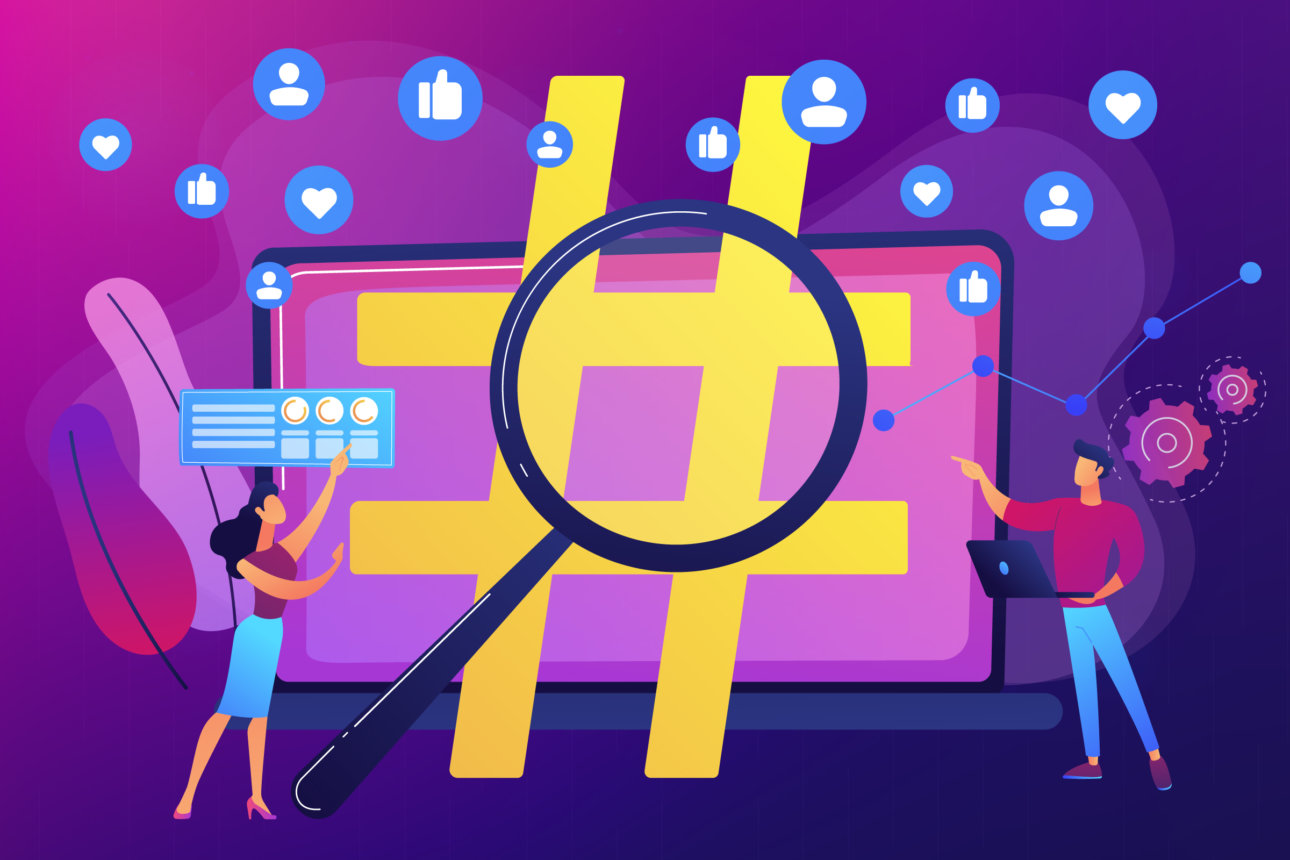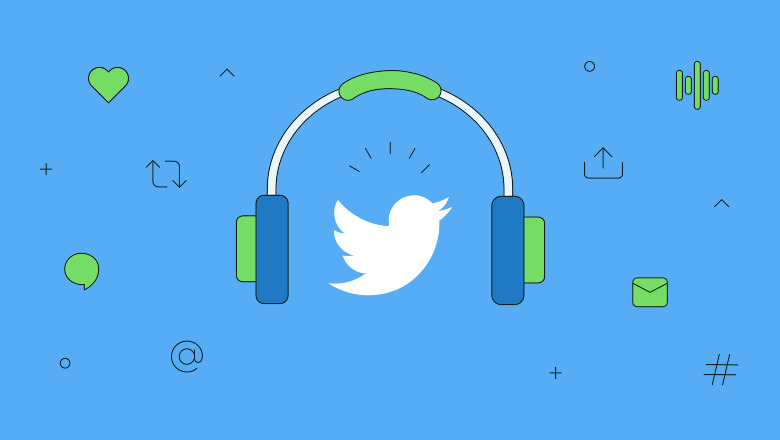Social listening Twitter is the process of tracking conversations around specific phrases, keywords, or brands and leveraging insights from those conversations to discover opportunities or create content for those audiences. It’s like being a fly on the wall, hearing what people are saying about your brand, industry, or competitors, and using that information to guide your actions.
Why Social Listening Twitter is Important For Brands

1. The Popularity of Twitter
Twitter, with its 330 million monthly active users, is a goldmine for social listening. The platform’s fast-paced nature makes it an ideal place to capture real-time conversations. From breaking news to trending topics, Twitter provides a live feed of what’s happening around the world.
2. Unique Features of X for Social Listening
X’s features like hashtags, trending topics, and real-time updates make it unique for social listening. Hashtags allow you to follow specific themes or events, while trending topics highlight what’s currently buzzing. The platform’s search functionality is also robust, making it easy to monitor conversations relevant to your brand.
Setting Up Social Listening on X
1. Choosing the Right Tools
To effectively listen on Twitter, you need the right tools. Platforms like AIM Insights, Sprout Social, and Brandwatch offer comprehensive social listening capabilities. These tools can help you track mentions, analyze sentiment, and gather insights from your audience.
2. Setting Up Twitter Alerts
Setting up Twitter alerts is crucial for real-time monitoring. You can use Twitter’s native features or third-party tools to receive notifications when your brand is mentioned. This allows you to respond promptly to both positive and negative feedback.
Key Metrics to Monitor
1. Brand Mentions
Tracking brand mentions helps you understand how often your brand is being discussed and in what context. This can provide insights into your brand’s reputation and visibility.
2. Hashtags and Keywords
Monitoring relevant hashtags and keywords gives you a broader view of industry trends and audience interests. This can help you identify potential content ideas and engagement opportunities.
3. Influencer Activities
Keeping an eye on influencers in your industry can reveal opportunities for collaboration and give you a sense of what’s popular among your target audience.
4. Competitor Analysis
Analyzing your competitors’ activities can provide valuable insights into their strategies and performance. This information can help you identify gaps in your own approach and discover new opportunities.
How to Analyze Twitter Data
1. Sentiment Analysis
Sentiment analysis helps you understand the emotions behind the tweets mentioning your brand. Are people happy, angry, or neutral? This can guide your customer service and content strategies.
2. Trend Analysis
Trend analysis involves looking at how conversations evolve over time. This can help you spot emerging trends and adjust your strategies accordingly.
3. Engagement Metrics
Engagement metrics like likes, retweets, and replies show how people are interacting with your content. High engagement often indicates that your content resonates well with your audience.
Using Social Listening to Improve Customer Service
1. Identifying Customer Pain Points
Social listening can help you identify common issues or complaints that your customers have. By addressing these pain points, you can improve customer satisfaction and loyalty.
2. Providing Real-Time Responses
Responding quickly to customer inquiries or complaints on Twitter shows that you care about your customers’ experiences. This can enhance your brand’s reputation and foster stronger relationships.
Enhancing Your Marketing Strategy
1. Understanding Audience Preferences
Social listening provides insights into what your audience likes, dislikes, and cares about. This information is invaluable for crafting targeted marketing campaigns that resonate with your audience.
2. Crafting Targeted Campaigns
With the insights gained from social listening, you can create more effective marketing campaigns. By addressing the needs and interests of your audience, you can drive higher engagement and conversions.
Crisis Management with Social Listening
1. Early Detection of Issues
Social listening allows you to detect potential issues before they escalate into full-blown crises. By staying alert to negative sentiments or unusual spikes in mentions, you can take proactive measures to mitigate the impact.
2. Managing Negative Sentiment
Addressing negative sentiment promptly and effectively can prevent further damage to your brand’s reputation. Acknowledging the issue and providing solutions can help rebuild trust with your audience.
Leveraging Influencers for Brand Growth
1. Identifying Key Influencers
Social listening can help you identify influencers who have a significant impact on your industry or audience. Collaborating with these influencers can amplify your brand’s reach and credibility.
2. Building Relationships with Influencers
Engaging with influencers on Twitter can lead to valuable partnerships. By sharing their content, commenting on their posts, and involving them in your campaigns, you can build strong relationships that benefit both parties.
Measuring the ROI of Social Listening
1. Setting Clear Objectives
To measure the ROI of social listening, you need to set clear objectives. Whether it’s increasing brand awareness, improving customer satisfaction, or driving sales, having specific goals will help you track your success.
2. Analyzing Outcomes
Regularly analyzing the outcomes of your social listening efforts is essential. Look at metrics like engagement, sentiment, and conversions to assess the impact of your strategies and make necessary adjustments.
Case Studies: Brands Excelling at Social Listening on Twitter
Example 1: Starbucks
Starbucks uses social listening to stay in tune with customer preferences and feedback. By monitoring mentions and hashtags, they can quickly respond to customer inquiries and adapt their offerings based on customer feedback.
Example 2: Nike
Nike excels at social listening by engaging with customers and influencers on Twitter. They use insights from social listening to create targeted marketing campaigns that resonate with their audience.
Example 3: Airbnb
Airbnb uses social listening to understand customer experiences and identify areas for improvement. By addressing feedback and engaging with users, they continuously enhance their service offerings.
Challenges
1. Dealing with Data Overload
The vast amount of data generated on X can be overwhelming. Using advanced tools and filters can help you focus on the most relevant information and avoid data overload.
2. Ensuring Data Accuracy
Ensuring the accuracy of the data you collect is crucial. Cross-referencing information from multiple sources and using reliable tools can help maintain data integrity.
3. Privacy Concerns
Respecting user privacy is essential in social listening. Always adhere to ethical guidelines and legal requirements when collecting and using data from social media platforms.
Future Trends
1. AI and Machine Learning
AI and machine learning are revolutionizing social listening. These technologies can analyze vast amounts of data quickly and provide deeper insights into consumer behavior and trends.
2. Predictive Analytics
Predictive analytics can help brands anticipate future trends and consumer behaviors. By leveraging historical data, brands can make more informed decisions and stay ahead of the competition.
3. Integration with Other Social Platforms
Integrating social listening across multiple platforms provides a more comprehensive view of your brand’s online presence. This holistic approach allows for better strategy development and execution.
Best Practices for Effective Social Listening on Twitter
1. Consistency is Key
Consistency in monitoring and analyzing data is crucial for effective social listening. Regularly check your metrics and adjust your strategies based on the insights you gather.
2. Engaging Authentically
Engage with your audience authentically. Respond to comments, share user-generated content, and show appreciation for your followers. Authentic engagement builds trust and loyalty.
3. Staying Updated with Trends
Stay updated with the latest trends and changes on Twitter. Being aware of new features, algorithm changes, and trending topics ensures your social listening efforts remain relevant and effective.
Conclusion
In conclusion, social listening Twitter is a powerful tool that can provide invaluable insights into your audience’s preferences, improve customer service, enhance your marketing strategy, and help manage crises. By implementing effective social listening strategies, brands can build stronger relationships with their audience, stay ahead of trends, and ultimately drive growth.
Ready to take your social listening efforts to the next level? Request a demo from AIM Technologies today and discover how our advanced tools can help you harness the full potential of social listening on Twitter.
FAQs
What is the difference between social listening and social monitoring?
- Social listening involves tracking and analyzing conversations around specific topics or brands to gain insights and inform strategies. Social monitoring, on the other hand, focuses on tracking and responding to direct mentions and messages about your brand.
How often should I check my social listening metrics?
- It’s recommended to check your social listening metrics regularly, at least once a day. For brands with high engagement, monitoring in real-time or several times a day can be beneficial.
Can small businesses benefit from social listening?
- Absolutely! Social listening is not just for big brands. Small businesses can gain valuable insights into their audience, improve customer service, and stay competitive by implementing social listening strategies.
What are the best tools for social listening on Twitter?
- Some of the best tools for social listening on Twitter include AIM Insights, Sprout Social, Brandwatch, and TweetDeck. These tools offer various features to track mentions, analyze sentiment, and gather insights.
How can social listening impact my brand’s reputation?
- Social listening helps you stay aware of what’s being said about your brand. By responding to feedback, addressing issues promptly, and engaging with your audience, you can positively impact your brand’s reputation and build stronger relationships with your customers.




